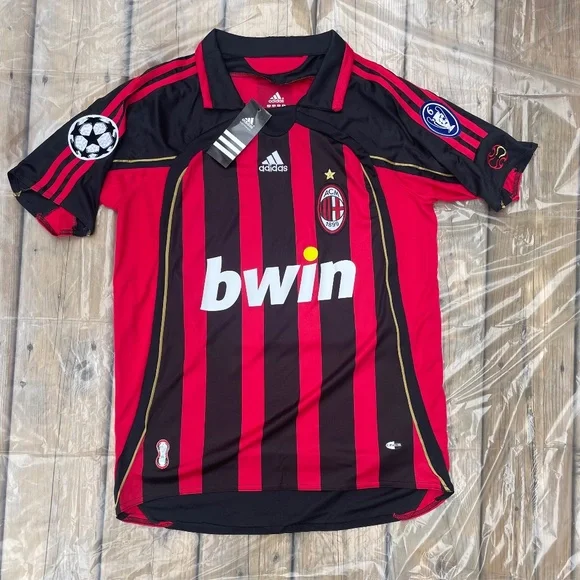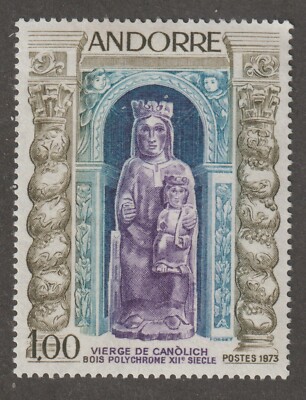
Introduction
Milan, known as Italy’s fashion capital, stands out not just for its high-end boutiques and renowned designers, but also for its vital contribution to the country’s economy and culture. The city has become a global leader in fashion and design, hosting major trade shows and events that attract millions each year. Understanding Milan’s role in these arenas is crucial for fashion enthusiasts, economists, and cultural observers alike.
Fashion and Design Hub
In September 2023, Milan Fashion Week returned, showcasing the latest in haute couture from prominent designers such as Gucci, Prada, and Fendi. This semi-annual event is a significant moment for the fashion industry, setting trends that ripple through markets worldwide. According to the Italian Chamber of Fashion, the event generated over 200 million euros in direct revenue and significantly contributed to tourism in the region.
Furthermore, Milan’s design district, known as Brera, continues to evolve as a forefront for innovation and creativity. The annual Salone del Mobile, one of the world’s largest furniture fairs, further establishes Milan’s international stature in design. In 2023, the fair attracted over 400,000 visitors, highlighting the city’s importance in the global design landscape.
Cultural Significance
Beyond fashion, Milan is rich in history and art, home to masterpieces such as Leonardo da Vinci’s ‘The Last Supper’ and the stunning Milan Cathedral. The city has made concerted efforts to blend its historical heritage with modern culture, promoting a vibrant artistic community that includes music, theatre, and visual arts. Investment in cultural initiatives has increased, with the city hosting multiple exhibitions and international events, reinforcing its status as a cultural epicenter.
Conclusion
Milan’s influence on the global fashion and design scene is undeniable and continues to grow even amid an ever-changing economic landscape. As a forecast, industry experts predict that Milan will strengthen its role as a global hub, attracting more international investments and talent. For readers interested in fashion, art, or business, staying informed about Milan’s trends and events is essential for understanding broader cultural and economic shifts in Europe and beyond.


